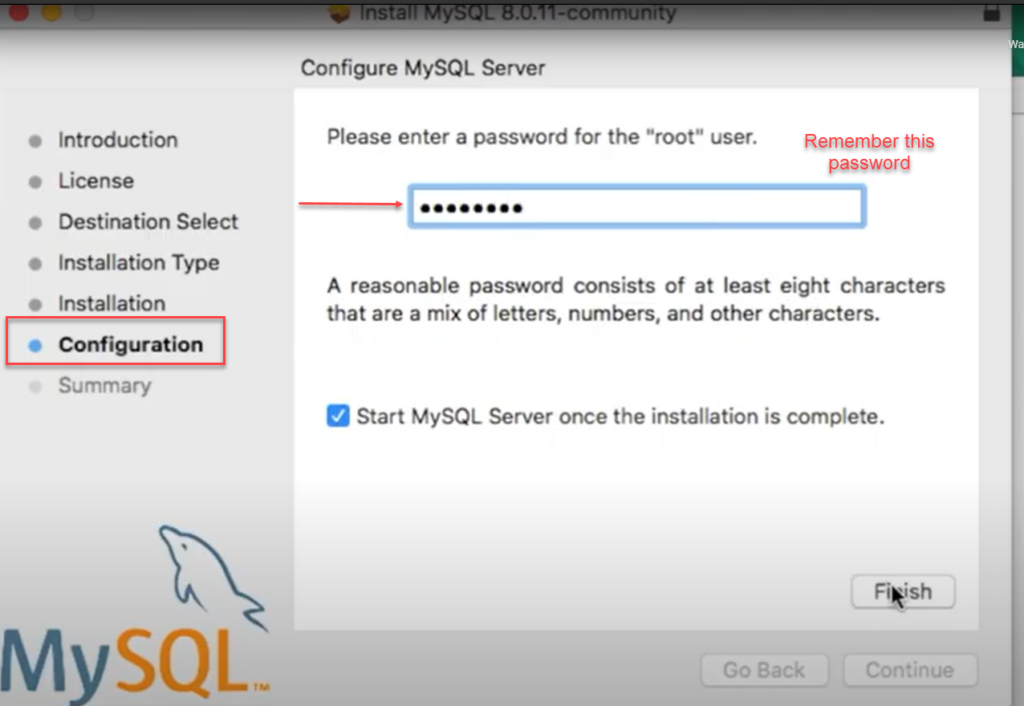
The only thing that matters is which approach you personally find easier. Ultimately the two options - edited in Vim in Terminal or in a text editor - end up at the same destination.
MY SQL ON MAC MAC
my current paths to MySQL are: export PATH=/usr/local/Cellar/mysql/8.0.12:$PATHĮxport PATH=/usr/local/Cellar/mysql/5.7.22/bin/mysqld:$PATH The procedure can take a while, but it gives a lot of power to make sure you get the best defaults out of the box: Since we used brew services start mysql to start MySQL, your Mac will re-start it at reboot. Re point 2 above, I installed MySQL via Homebrew, and the paths were different to yours (and are different again on my other Macs). After that, you have to fix several issues, which you must know the path of the MySQL paths into the directory files. Once the copying is complete, open the MySQL Workbench. (Refer here for information about downloading MySQL Workbench) The following window will open once the file is open.
MY SQL ON MAC HOW TO
Reload the new bash profile by going into Terminal and running the following line: How to Configure MySQL on Mac for the Terminal Application To get started, you must launch first the MySQL by using the terminal application, you must make use of the following. Click on Finish to complete the installation process. bash_profile works by Googling every line and then editing it with ideas suggested by other Stack Exchange users.)Īdd the new line you need (making sure - using Finder or Terminal - that the path you are adding actually points to the right files on your own Mac, which may of course be different to other users). Read through the file! (I learned most about how the.

bash_profile file with your favourite text editor - e.g. (I suggest renaming the duplicate with today's date - e.g. (If you can't see any greyed-out files, toggle showing hidden files with shift- cmd.

Sort the files in your Home directory by name alphabetically, then look for a file called ".bash_profile". Open Finder and from the menu at the top select Go → Home. Yes, it's slower, but can be easier for newbies to understand what's going on and diagnose errors. Some users who are new to the Mac will find it easier to edit their bash_profile file directly in their favourite text editor rather than via Terminal.


 0 kommentar(er)
0 kommentar(er)
